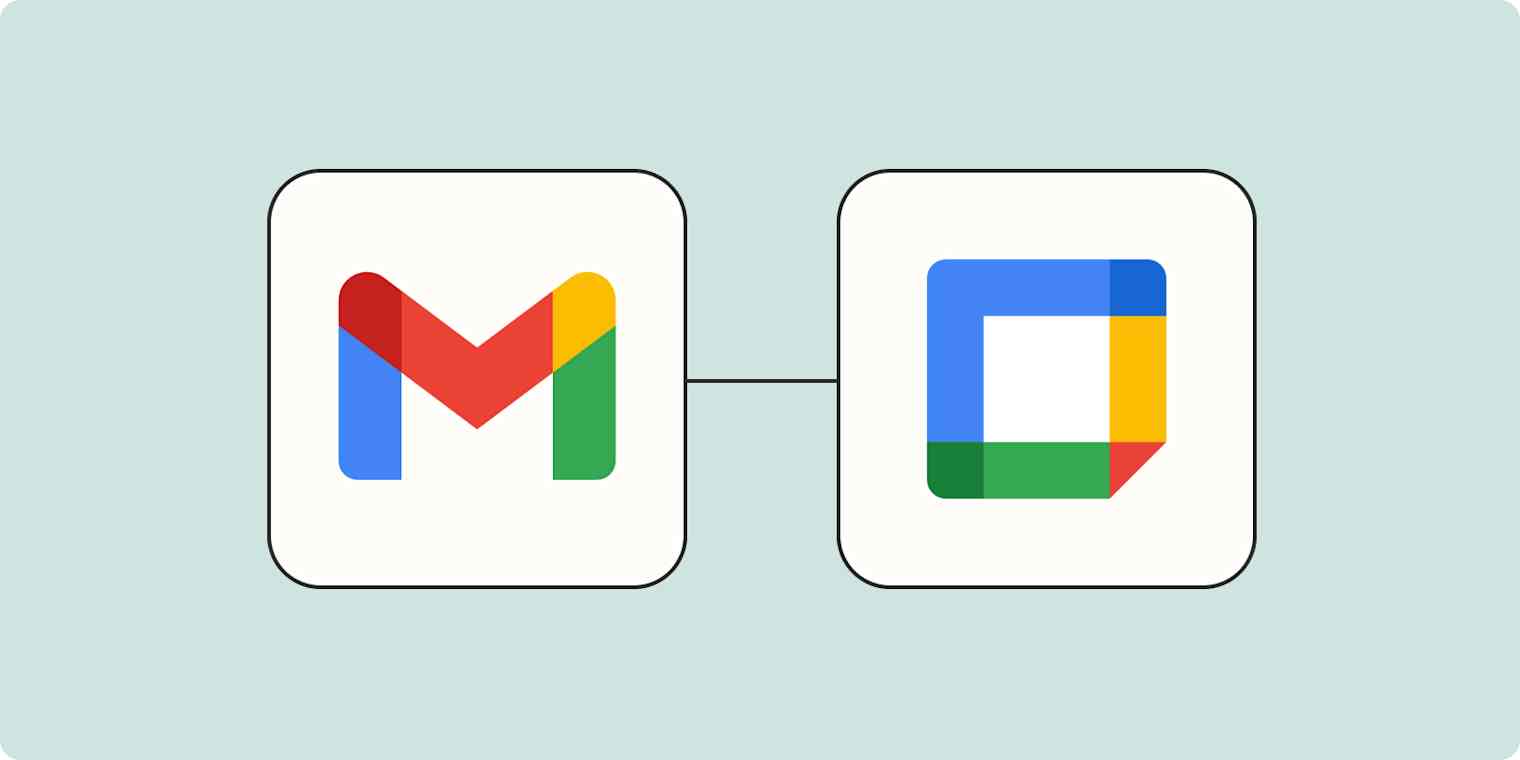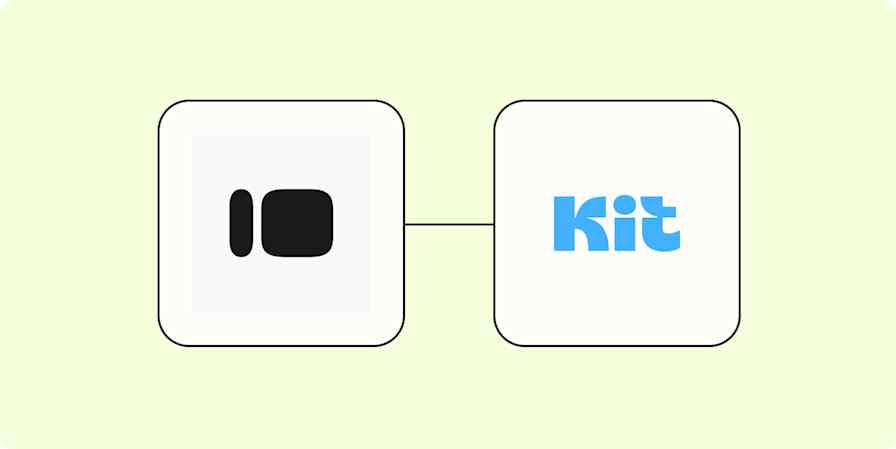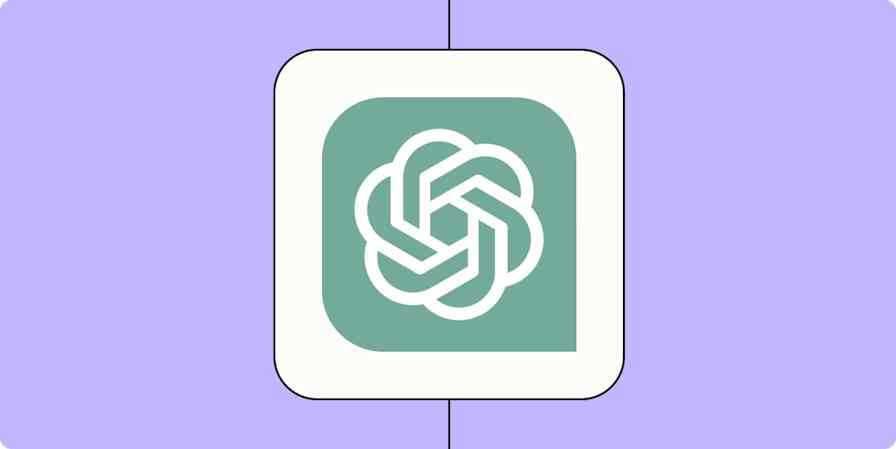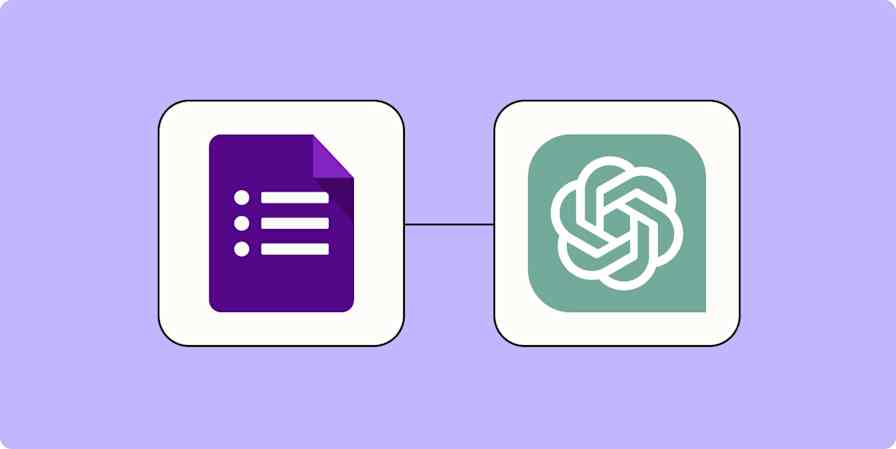Zapier tutorials
5 min readHow to integrate Gmail with Google Calendar
By Will Harris · August 30, 2022

Get productivity tips delivered straight to your inbox
We’ll email you 1-3 times per week—and never share your information.
tags
mentioned apps
Related articles
Improve your productivity automatically. Use Zapier to get your apps working together.









